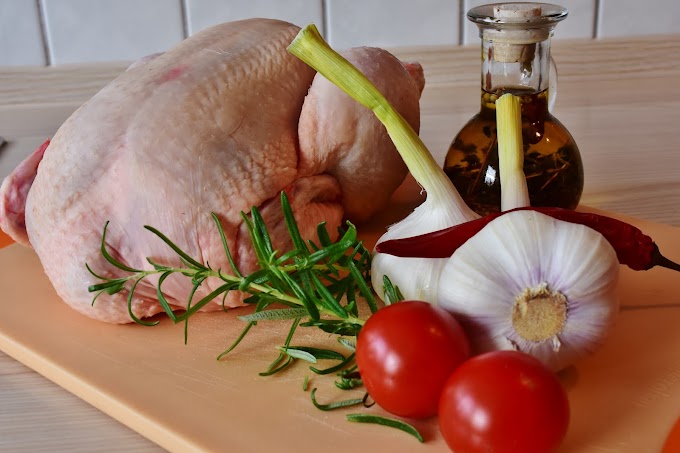White wine - A Depth Guide
White wines are always made from white grapes, although they can also be made from black grapes (juice of black grapes is clear) the skins of the grapes needs to be separated from the juice. White wines are crisp, fruity and refreshing and can be enjoyed by themselves or paired with a wide variety of foods.
As for white wine food pairing, it's excellent for poultry and Asian food. It also pairs great with seafood, such as mussels and shellfish. You can also pair it with certain appetizers.
A golden rules i will suggest you is always Pair Food rich in protein with tannic wines. They combine well and decrease the tannin taste. If you were to drink tannic wine with a seafood dish you might notice bitterness with salty food. Since, white wine don't have tannins or have very less tannins (as it is found in grapes skin and seed), white wines go very well with Seafood and white Meat.
The most popular white wines available are:
1. Chardonnay (shar-dun-NAY)
While Cabernet sauvignon is the king of red wine grapes, Chardonnay can be regarded as the king of white wine grapes. Chardonnay grapes were originated in the Burgundy region of France. Today, Chardonnay are grown in countries like Argentina, Australia, South Africa and Chile. Chardonnay is one of the best-selling wines in the world. Chardonnay wines can be described as oaky (from the barrel aging), buttery, and can also develop some citrus or melon flavours.
2. Riesling (REES-ling)
Originated in the Rhine region of Germany, Riesling is an aromatic grape that displays a flowery, apple-like aroma. It is a very popular wine from Germany. The flavours range from sweet to dry and generally described as fruity. Many people think of Riesling as a very sweet wine, but, in fact, Riesling can take varying levels of sweetness from dry to very sweet. It is not aged in oak and is typically low in alcohol content and high in acidity. It is also light and refreshing.
3. Sauvignon Blanc (SO-vin-yon BLAHNK)
Another popular variety generally described as light and crisp. Sauvignon Blanc is a refreshing wine that generally does not benefit from aging and is consumed as a young wine. This wine pairs easily with most light fare - considered a food friendly wine. Sauvignon Blanc grapes produce wines that are high in acidity with very noticeable flavours of hay, grass and herbs.
4. Pinot Grigio (PEE-no GREE)
It is known as Pinot Grigio (PEE-no GREE-zo) in Italy and France, and as Pinot Gris in the United States. It is thought to be a mutant clone of the Pinot noir (a red grape varietal). This wine is acidic, with a silky smooth taste that can be described as melon or pear or citrus flavours. This grape is actually purplish in colour. Even so, they produce one of the best white wines.
5. Chenin Blanc - (SHEN'N BLAHNK)
Chenin Blanc is a white wine grape variety originated from the Loire Valley of France. It is also widely cultivated in South Africa where it is known as 'Steen'. Chenin Blanc is one of the most versatile grapes that can be used to produce a great variety of wines.
Originally from France, versatile grape produces highly acidic gold coloured wines. It is a great seafood wine.
What's So difference between Red And white Wines?
Wine is traditionally classified into two types: Red and White Wine. The brewing of both types includes the fermentation of grapes with yeast in order to form alcohol.
White wine is differentiated from red, by the fact before processing the grapes, their skins are peeled off due to which there is least or no tannins in white wine (White grapes juice is generally removed from the skins immediately, while red grapes’ juice macerates with the stems, skins, and seeds, extracting phenols and tannins from these grape components. Therefore, white wines level of tannin is generally much lower)
The grapes for quality white wine are picked at night because at that time, the acids within the grape are in abundance, hence maximizing the crisp flavour associated with the best white wine.Is white wine beneficial?
White wines do not boost of the same health benefits of their red wine due to the absence of the antioxidant compounds present in the grape skins and seeds. But they have lesser amount of tannins and alcohol, thus, making it very light and easy to enjoy.
However, white wine contains higher levels of flavonoids, a group of plant substances known for their antioxidant activity, which soaks up the toxins in the blood, reducing inflammation of the capillaries. Thus, it may helps to protect the lungs and heal it.
























0 Comments
If you have any doubts , please let me know